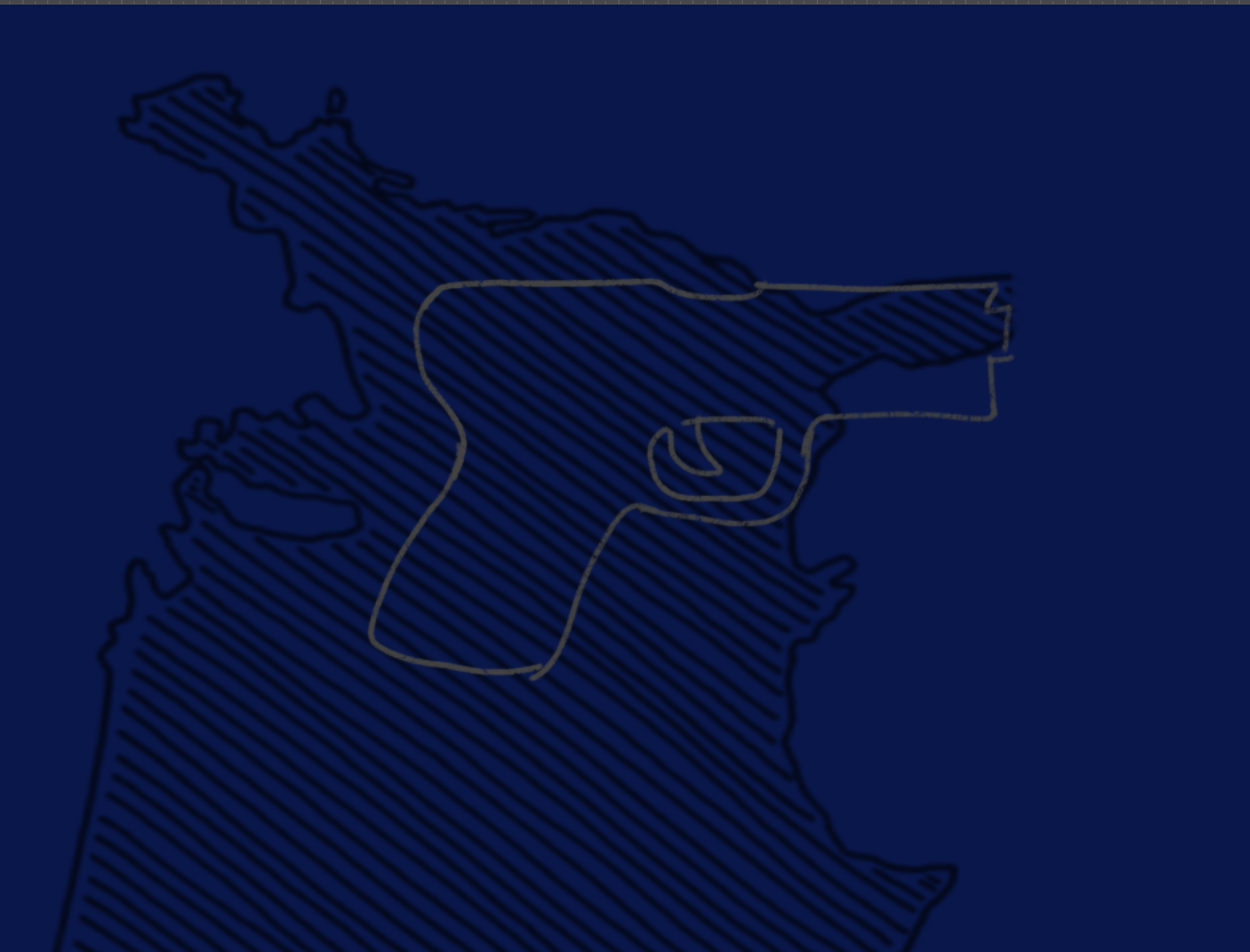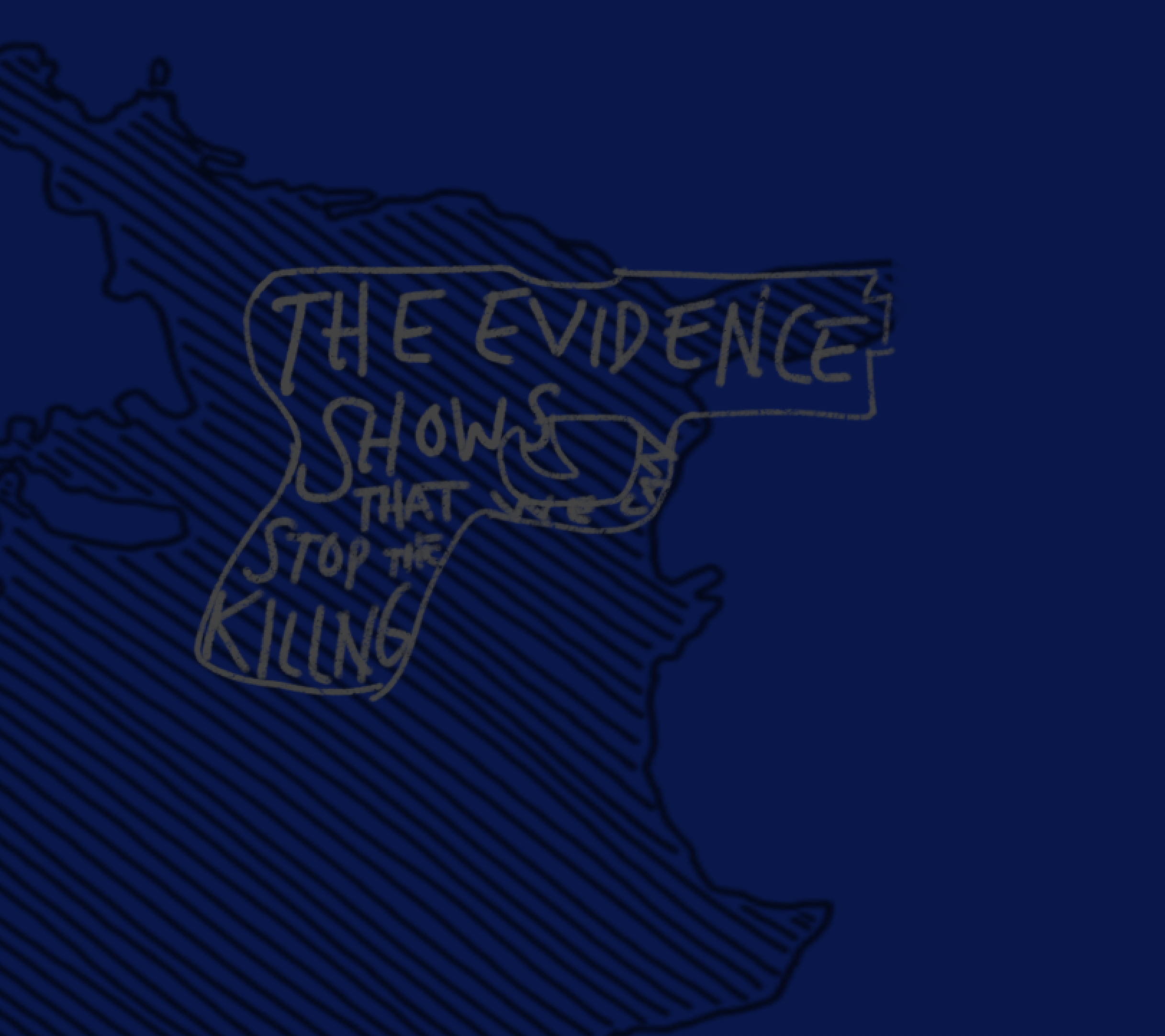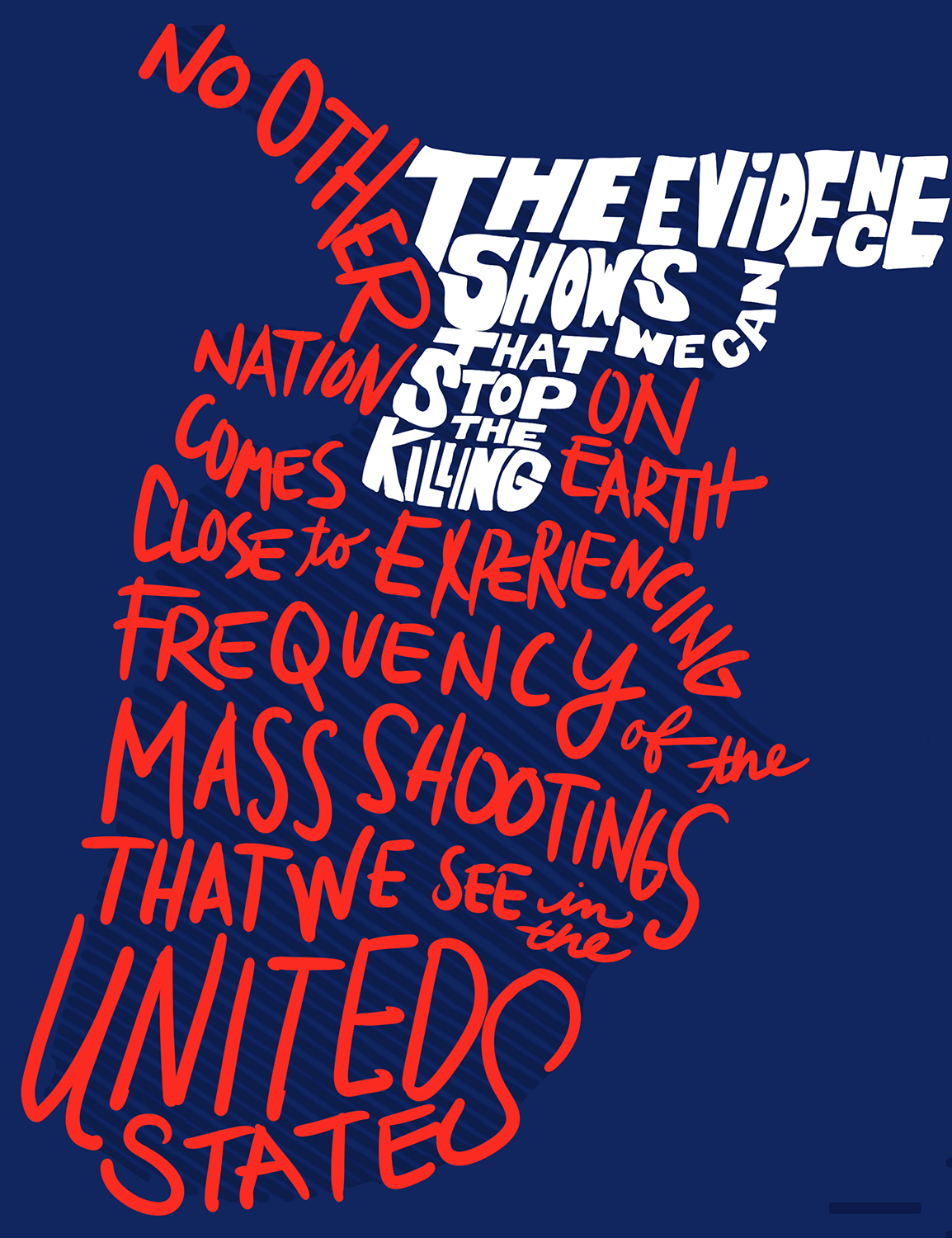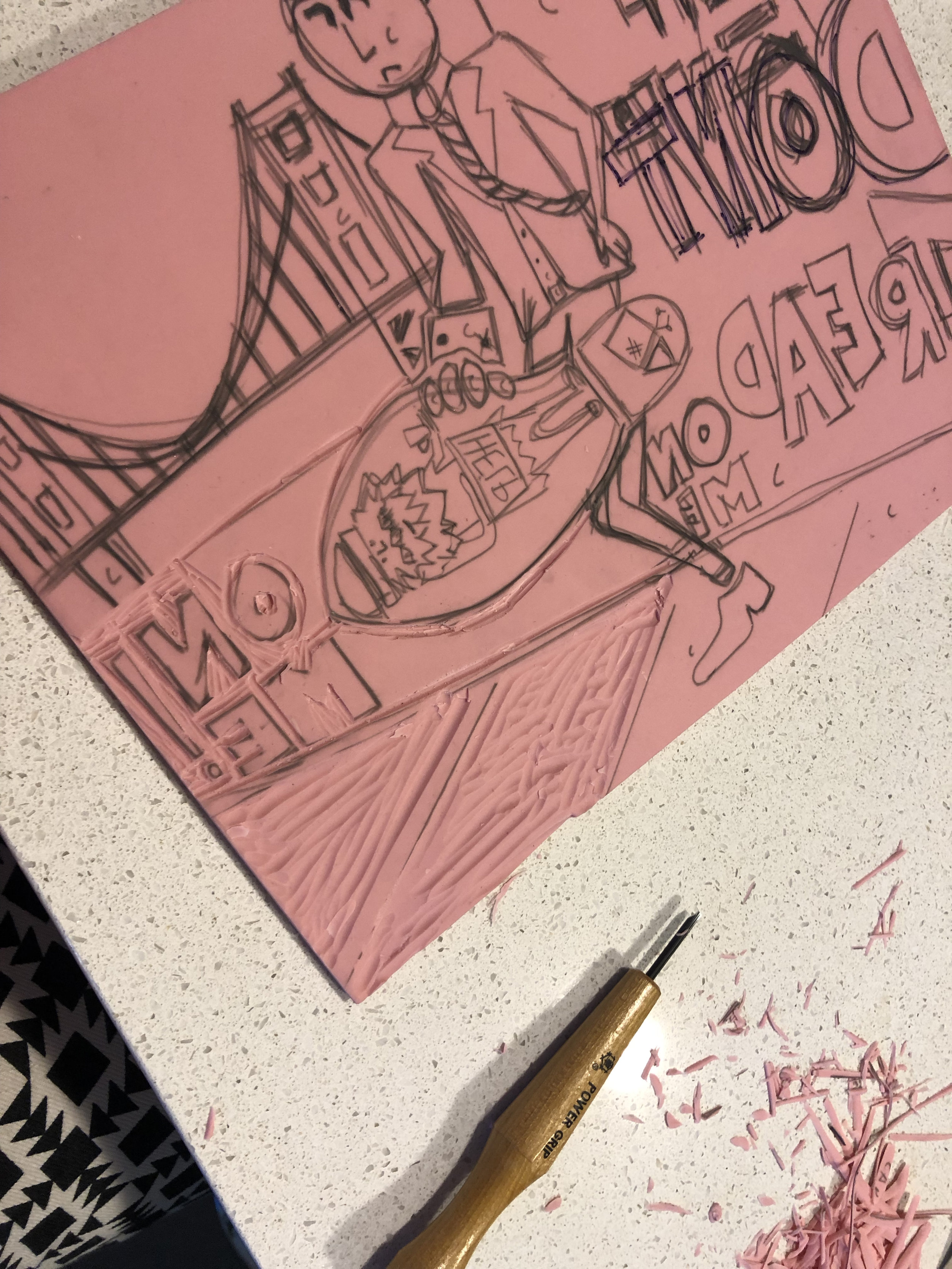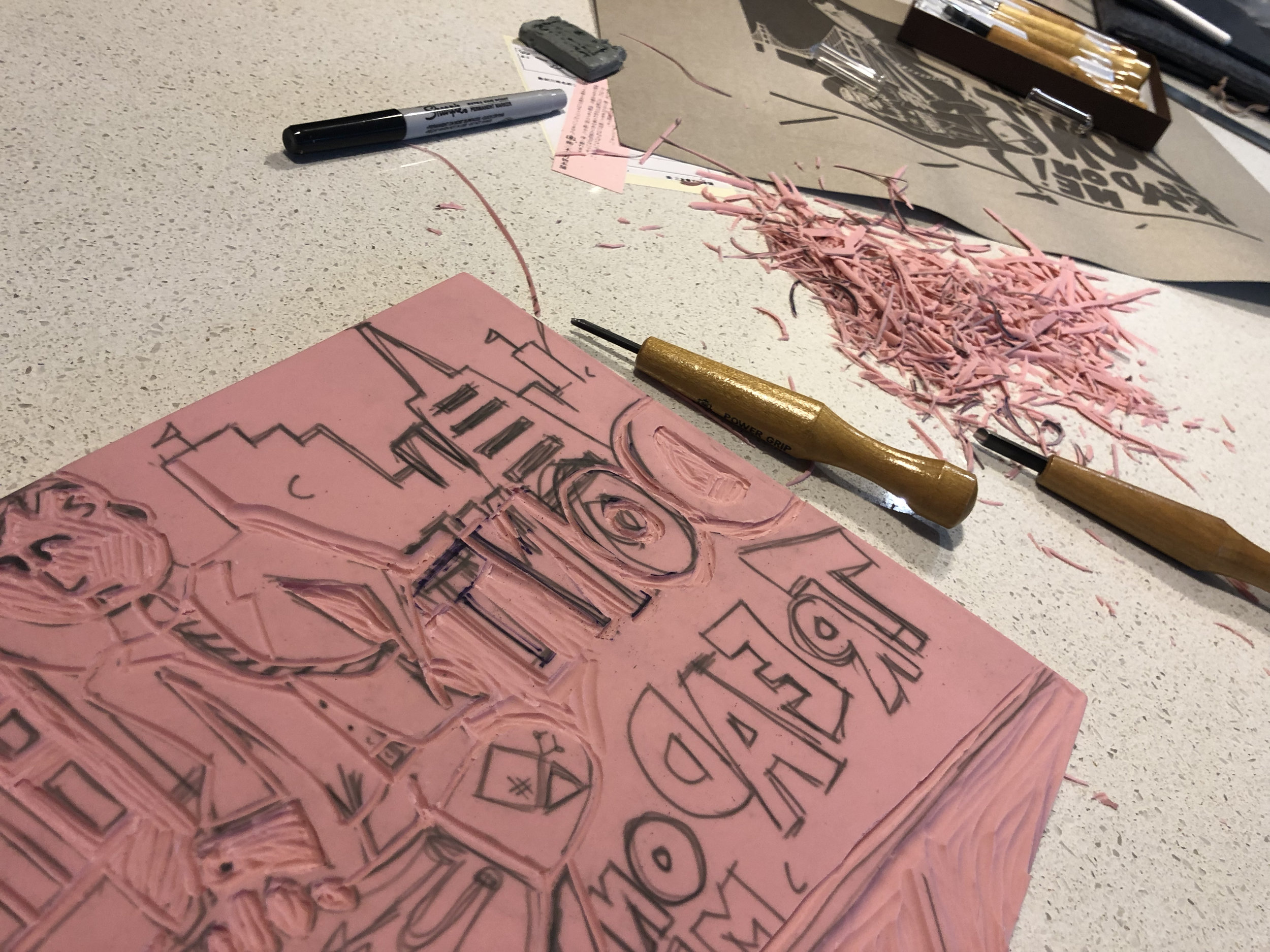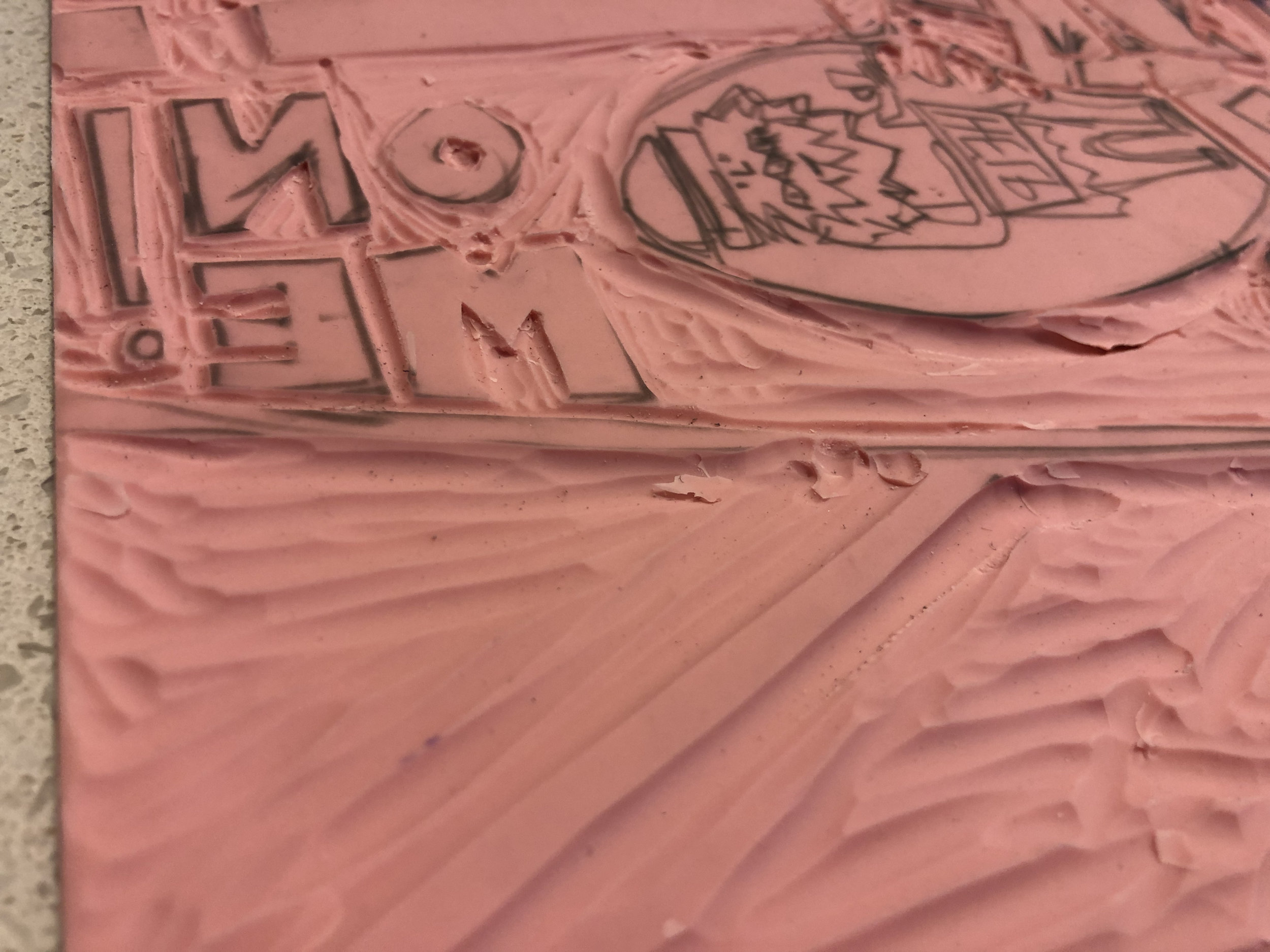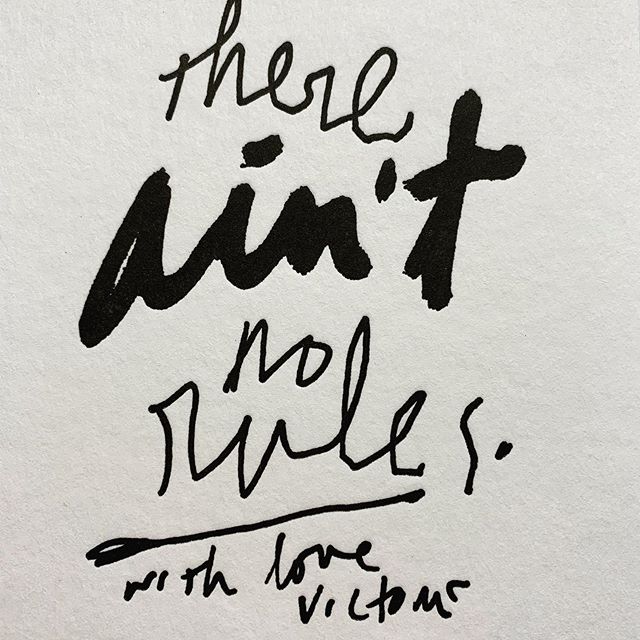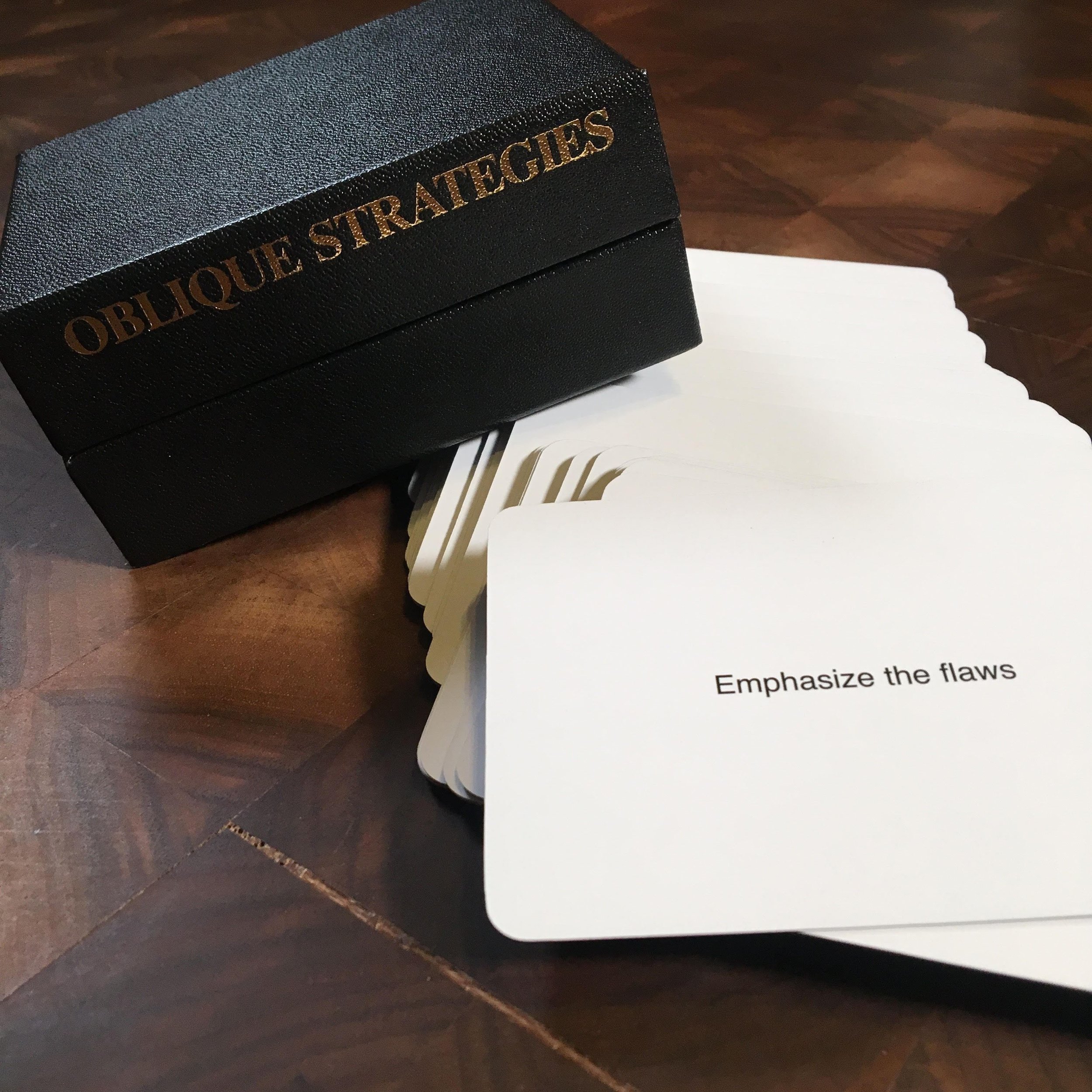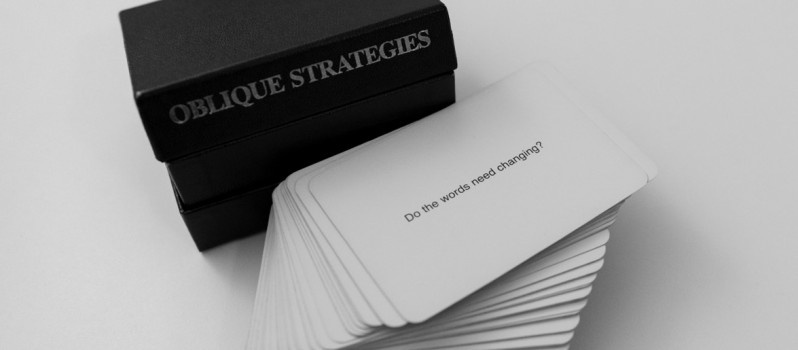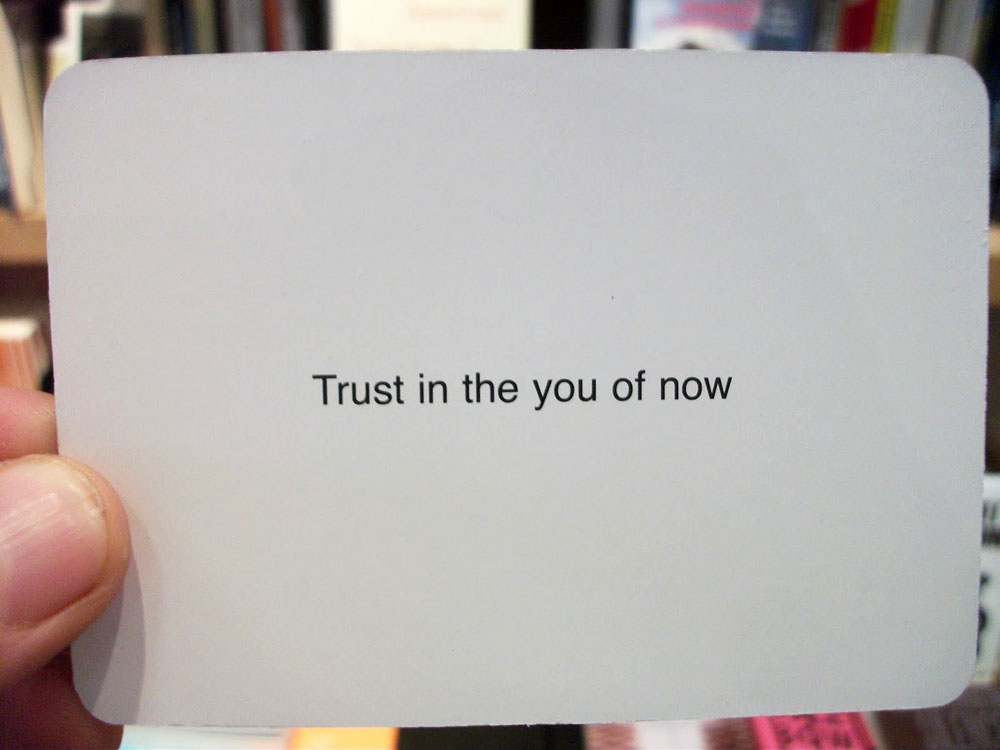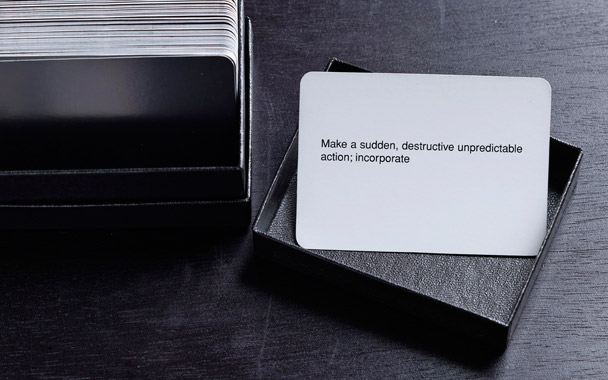TYPOGRAPHIC TASK
AMERICA MUST CHANGE
APPROACH
For this week’s challenge, I wanted to create a piece in response to the mass shootings that have been happening in the United States and to our country’s inability to inact powerful gun legislation. The final illustration is on the following page.
I created a scene using the powerful words that former US President Obama shared after the mass shootings in Gilroy, CA, El Paso, TX, and Dayton, OH.
Using Obama’s words to form the shape of the U.S. I chose to place the shape of the country on its end, as a nation I believe we are in the upside down. I formed a gun and started to rough in the typography with a powerful portion of the statement and placed it in the southern portion of the states, where a majority of Second Amendment fanatics reside.
I chose hand made lettering for the entire portion that makes up the United States as this is a social and human problem.
Lastly, I illustrated the data point that last year alone over 59% o f the American population was negatively impacted by gun violence by omitting 59% of the letters in the Second Amendment. Who is this amendment serving? Not the majority.
REFERENCES
Kim, C. (2019, August 05). Obama denounces gun violence and white nationalism after recent mass shootings. Retrieved from https://www.vox.com/2019/8/5/20755303/barack-obama-mass-shootings-dayton-el-paso-gun-violence-white-nationalism
Mass Shootings in America, 2009 to 2017. (n.d.). Retrieved from https://everytownresearch.org/reports/mass-shootings-analysis/

